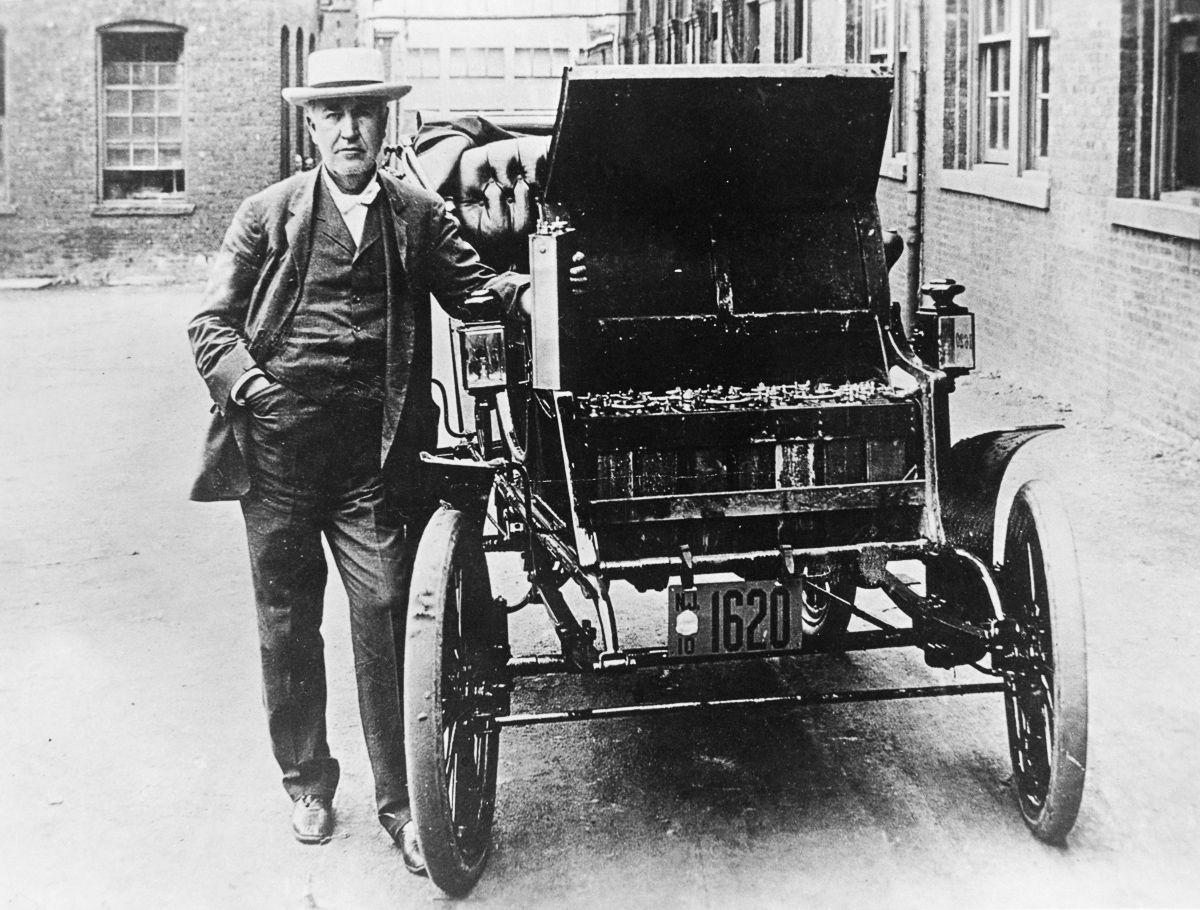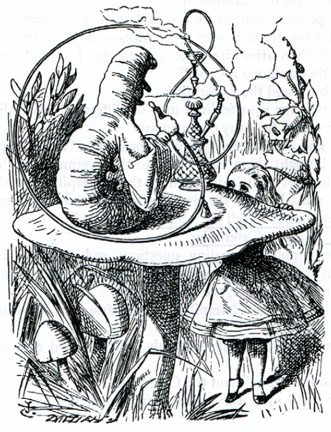
IoT Industry Snapshot and Predictions
The industrial Internet of Things community is finally beginning to sober up from the bacchanalia of counting connected IoT devices and terabytes of cloud data storage that has dominated the IoT narrative for too long.
IoT platform vendors and consultants are shifting their focus from the lower rung of the IoT technology stack that focuses on device connectivity to the other end of the stack, to technologies that provide meaningful business value: multidisciplinary data aggregation, complex data analytics and higher capacity for optimal decision-making.
Robust articulation of the business value of industrial IoT has been absent from much of the narrative, in the vein of “if you build it, they will come.” Many IoT platform vendors provide tools to draw snazzy dashboards, plot complex data graphs and display virtual gauges. But their data analytics tools are not as robust and trending and predictive capabilities are over optimistic. And the recent rush to add statistical analysis tools (often linear regression tools masqueraded as artificial intelligence and machine learning) will face real-world challenges of data biases, inconsistency and scale. Read More




